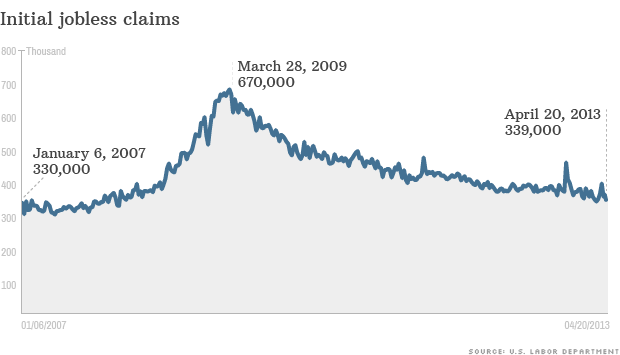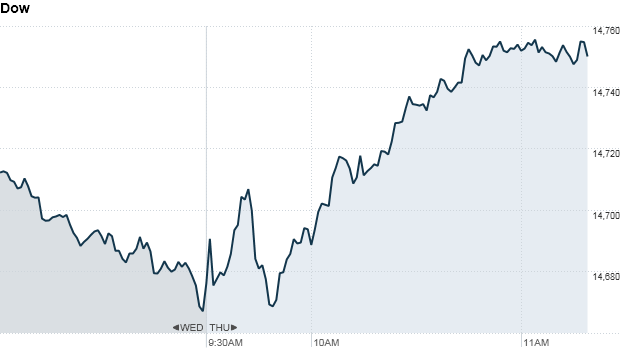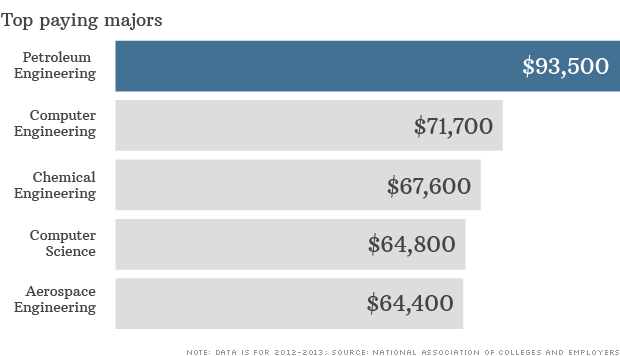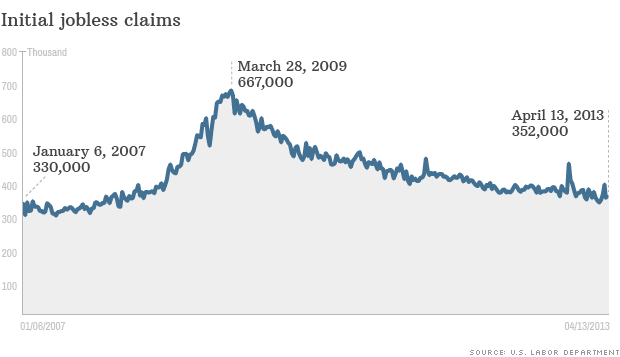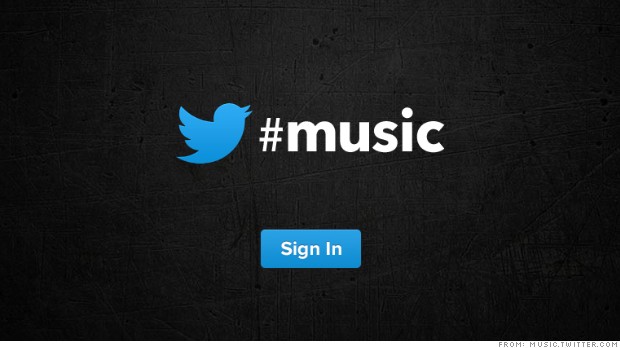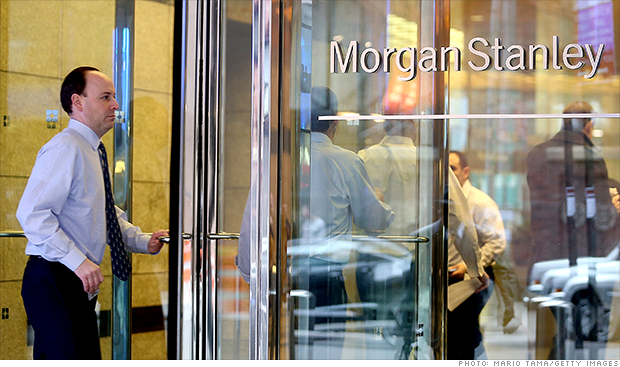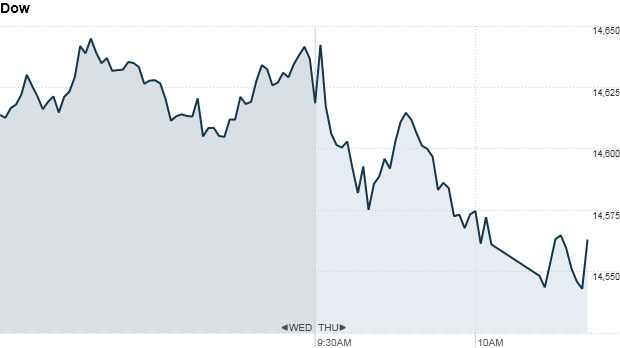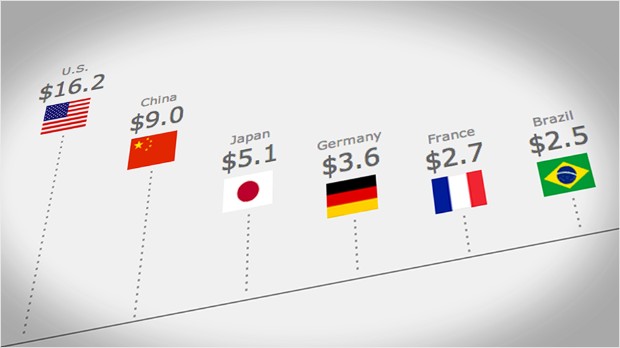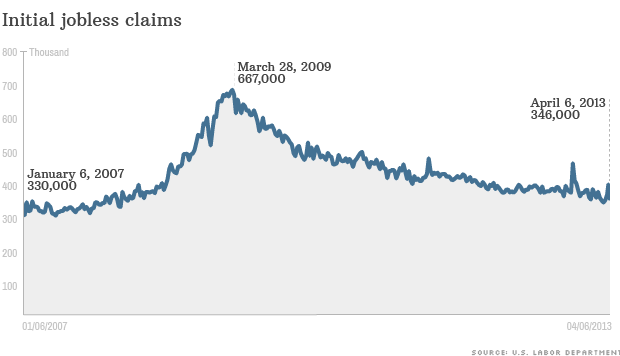
Many investors combine their target-date fund with one or more other investments.
(Money Magazine)
Target-date funds are designed to provide not only a fully diversified portfolio in a single fund, but also an investing strategy. Their mix of stocks and bonds gradually becomes more conservative as you age, protecting your savings as you near retirement. So in theory these funds work best if you put your entire 401(k) into one.
In the real world, however, many savers don't take such an exclusive approach. A recent Vanguard survey found that just under half of target-date investors in its 401(k) plans combine target funds with one or more other investments, in some cases even another target fund.
While mixing another fund with a target fund can be a reasonable choice, you have to be careful that doing so doesn't leave you with an unruly mishmash instead of a coherent portfolio.
Straying from the target
One good reason for going beyond a target fund is to adjust how much risk you're taking.
Let's say you're a young investor who likes the target-date concept because it frees you from having to create a portfolio on your own, but you're anxious about having 90% of your money in stocks, a typical allocation for investors in their twenties and thirties. Transferring, say, 20% of your target fund's balance into a diversified bond fund would give you a considerably less volatile portfolio.
Conversely, you could make a similar shift into a total stock market index fund to boost your 401(k)'s growth potential. This add-on strategy is a more effective way to tweak risk than picking a target fund with a later or earlier retirement date.
Related: Money 70 -- Best mutual funds and ETFs
Once you get beyond this sort of simple fine-tuning, however, things can get hairy. Some investors employ a "core and explore" strategy in which they use a target fund as a foundation and then add funds that focus on certain sectors, such as emerging markets or real estate.
Problem is, most target funds already spread their assets widely both here and abroad. So you could end up doubling down on niche markets.
Besides, you may not enjoy enough extra return to make up for the added time and trouble of monitoring and re-balancing a considerably more complicated portfolio.
If you do go that route, plug all your retirement investments, including those outside your 401(k), into Morningstar's Portfolio X-Ray tool (available free at troweprice.com). That way you can see your overall allocation and make sure you're not inadvertently overweighting any areas.
Related: Picking the right stock fund
But once you're investing in so many other funds that your target fund essentially becomes a bit player, you may be better off simply building a portfolio from scratch. ![]()
First Published: April 25, 2013: 6:25 AM ET



